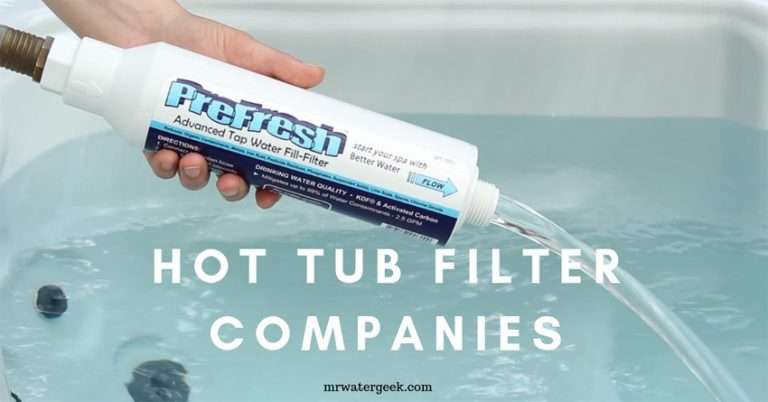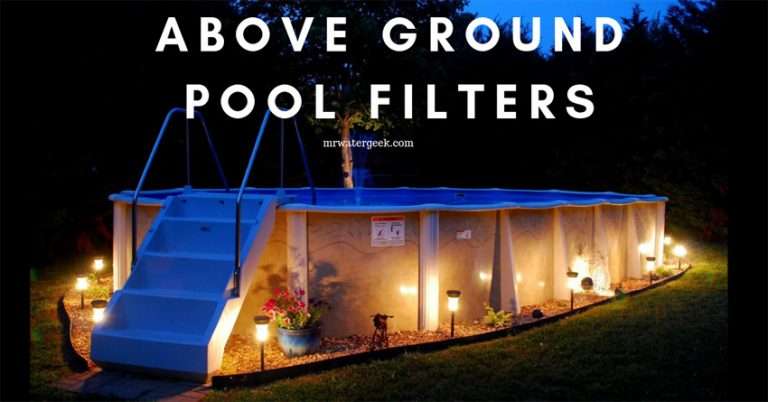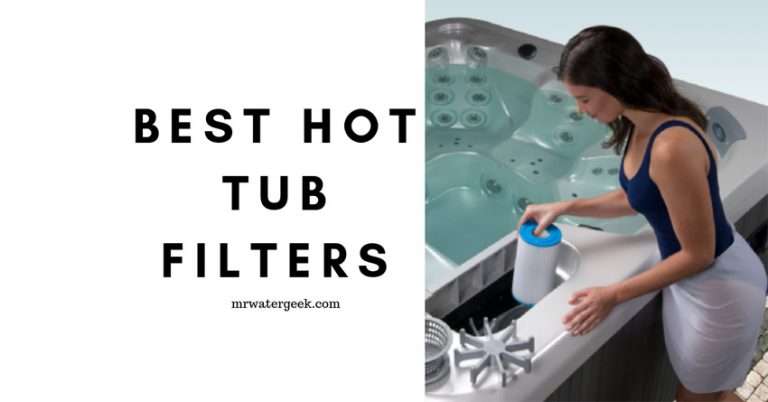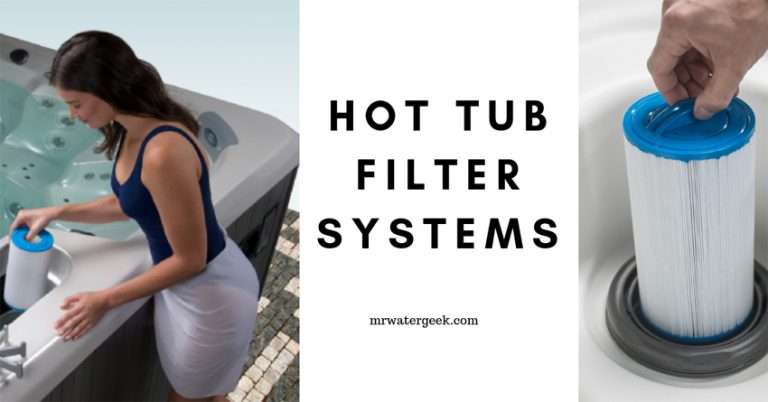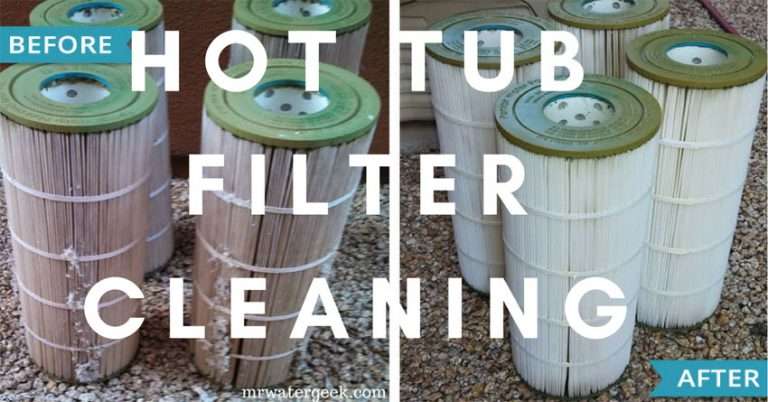Water Cooling System: The WORST and Best Features You Must Know
You need a water cooling system to cool down machines like computers and gaming devices, which tend to over heat when operated.
Every computer, from the smallest home theatre PC to the mightiest gaming platform generates heat (during its operation) that can kill the precious interior of your PC if ignored. 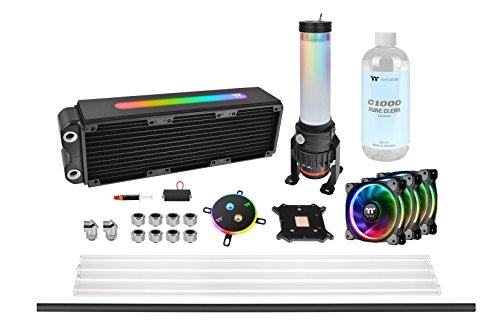
Buying a computer or electronic device that creates a lot of heat means it will struggle to work properly.
I remember having to put my old xBox in the fridge every time the machine got too hot and the device stopped working. The gaming device eventually broke.
Looking back I now know that getting a water cooling system would have prevented the machine from breaking.
A water cooling system keeps your appliances cool so that they do not over heat and continue to function properly.
Although it can be annoying to spend extra to service a device that already costs a lot, it’s still cheaper than having to replace the machine entirely when it breaks from overheating.
Also, you can’t put a price on the ability to use your favorite machine without having to worry about its performance.
Cooling Methods Explained
Air Cooling. Instead of using water to cool down your overheating devices you can use air to cool things down. The secret to using the cooling power of the air is in the fans… lots of fans.
Your typical air-cooled PC is packed with box ventilators, graphics card fans and a CPU fan. Or two positions on a large metal heat sink to keep expensive components cool.
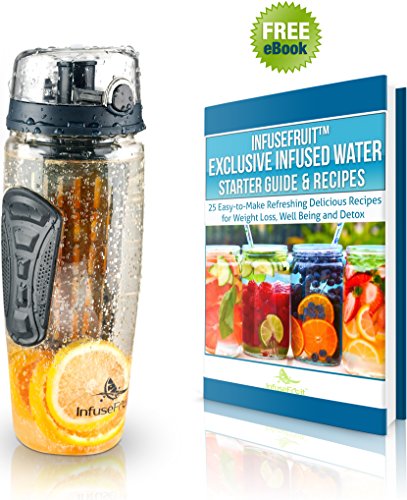 However, this method of cooling is usually already present in the internal configuration of the device and manually adding more fans to the outside probably won’t help much. But as I will discuss later, there are some very effective ways to use air cooling.
However, this method of cooling is usually already present in the internal configuration of the device and manually adding more fans to the outside probably won’t help much. But as I will discuss later, there are some very effective ways to use air cooling.
Water Cooling System. A water cooling system, on the other hand, uses a series of coolant-filled tubes, a cooler, blocks of water (the equivalent of heatsinks), and a few other components to keep your PC cool under pressure.
My guide to configuring a PC with liquid cooling explains a basic system.
The definition of air cooling and liquid cooling is the simple part. The most complicated bit is making the decision to use one or the other. And this is what we will look at next.
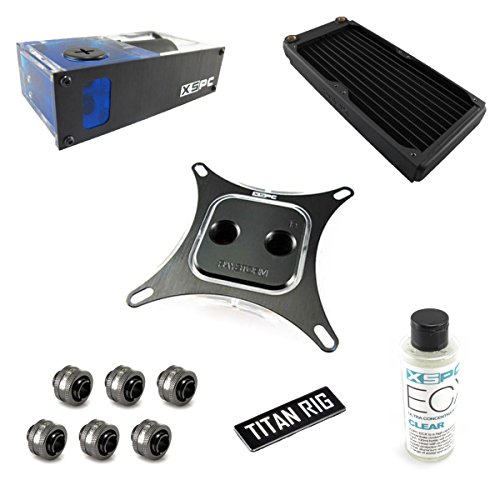
1. Air Cooling
One of the great joys of using fans to cool your system is that in many cases, you really do not have to do anything to create a decent cooling configuration.
If the case of your system is not available, there is a good chance that your manufacturer has already installed exactly what you need. That is an inlet fan on the front that drives the outside air straight to your hard drives.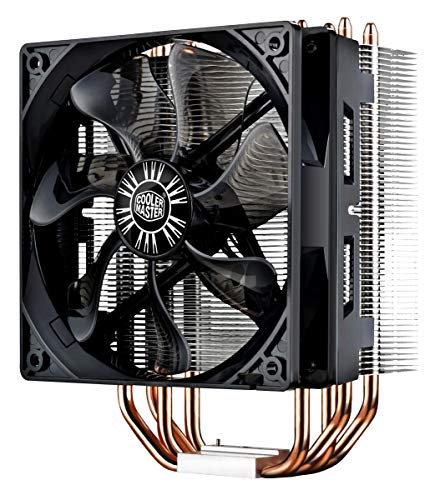
Graphics cards and computer processors almost always come with powerful fans. You will be able to tell because they sound like a plane taking off when they start working. These together with box ventilators form the Holy Trifecta of a air cooling system in a typical desktop PC.
The big question then remains: why choose air cooling?
Because air is cheap.
Air will cost you much less than you would pay for a water cooling configuration.
You can certainly buy bigger, better and more efficient fans if you want a quieter performance. Or even fans that light up if you like something like that. Sure you have to pay for it, but you will still spend less than what you would spend on a typical water cooling system.
Air Cooling Disadvantages
Conventional air cooling has 3 main disadvantages.
![]() First, fans are not as efficient as water cooling systems. This can be a problem with processors with heavy clusters or with very rugged devices with multiple graphics cards.
First, fans are not as efficient as water cooling systems. This can be a problem with processors with heavy clusters or with very rugged devices with multiple graphics cards.
![]() At a certain point of heat, your air cooling fan will just blow around hot air and have no impact on cooling your machine. This is rarely an issue for water cooling systems.
At a certain point of heat, your air cooling fan will just blow around hot air and have no impact on cooling your machine. This is rarely an issue for water cooling systems.
![]() Noise noise and more noise. After all, fans are loud.
Noise noise and more noise. After all, fans are loud.
2. Water Cooling Systems
In computers, water cooling is a method used to reduce the temperature of computer processors and sometimes other components such as graphic cards.
Basically, this system cools down your hot overheating machine by using water instead of air as a cooling method.
Processor speeds have increased dramatically in recent years. As a result, the heat given off by the processors have also increased. As have the noises associated with cooling down appliances, for example processor fans.
Water Cooling System Cons
![]() A major disadvantage of water cooling is the relatively high cost.
A major disadvantage of water cooling is the relatively high cost.
Especially if you want to create a custom configuration. While most conventional high-end CPU coolers cost between $50 and $100, liquid-cooling can cost a lot more.
Water Cooling System Pros
Let’s start with the best bits. One of the main advantages of having a strong liquid cooling configuration is that you can be more specific about which components you want to cool unlike what is possible while using fans.
![]() A water cooling system is far better than air cooling because water can conduct heat about 30 times faster than air.
A water cooling system is far better than air cooling because water can conduct heat about 30 times faster than air.
![]() A water cooling system allows the processor to operate at higher speeds while dramatically reducing system noise. Some industry experts predict that water cooling systems will become the standard for personal computers in the near future.
A water cooling system allows the processor to operate at higher speeds while dramatically reducing system noise. Some industry experts predict that water cooling systems will become the standard for personal computers in the near future.
![]() Switching from air-to-liquid cooling is a personal milestone in building a computer. It feels amazing when you configure your system and get it operating perfectly!
Switching from air-to-liquid cooling is a personal milestone in building a computer. It feels amazing when you configure your system and get it operating perfectly!
![]() Even if you do not use your equipment hard enough to need a higher cooling system, a cheaper, more autonomous water cooling circuit can help reduce the sound of your PC. Water cooling is much quieter than a box full of fans.
Even if you do not use your equipment hard enough to need a higher cooling system, a cheaper, more autonomous water cooling circuit can help reduce the sound of your PC. Water cooling is much quieter than a box full of fans.
![]() There is also the problem of space. A great heatsink / fan combination might work well enough but they take up a lot of space. Liquid cooling takes up much less space.
There is also the problem of space. A great heatsink / fan combination might work well enough but they take up a lot of space. Liquid cooling takes up much less space.
How To Avoid Problems With A Water Cooling System
In a liquid-cooled configuration, quality matters. Do not buy cheap parts to save a few dollars, and soak your expensive PC components in glowing coolants.
- Always get a pre-made kit unless you really know what you are doing. Setting up a water cooling system requires some planning if you do not buy a pre-made kit. You need to raise a water block for your CPU that fits your outlet, accessories that fit your block and pipe size, the pipe itself, a pump, a tank, a radiator, a fan (or fans) for the radiators and the coolant itself.
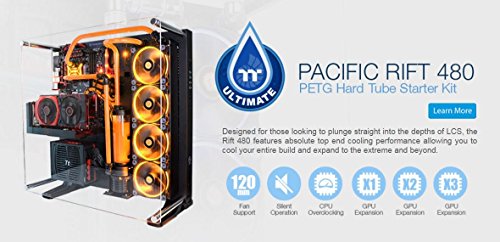 And this is just a typical layout for the bare-bones configuration that you can create. If you want to separately cool your graphics card, motherboard, RAM or hard drives, you’ll need to plan and/or buy more.
And this is just a typical layout for the bare-bones configuration that you can create. If you want to separately cool your graphics card, motherboard, RAM or hard drives, you’ll need to plan and/or buy more. - You should also make sure that you have room for your configuration. Water cooling generally takes a lot less space than fans but it will still need some space.
- Then there is the installation itself – make sure you follow the instructions to the letter. In short, your first attempt at water cooling can be very dangerous. The set up is not exactly easy and the process can be more complicated than you might think. So read and follow all instructions carefully. You have been warned.
The Best Water Cooling System
[easyazon_link keywords=”EKWB EK-Kit P280″ locale=”US” tag=”mrwatergeek0d-20″]EKWB EK-Kit P280 Complete 140mm Liquid Cooling Kit[/easyazon_link]
The EK-KIT P280 is the latest liquid water cooling system for all users looking for the best value-for-money-cooling-kit on the market.
It comes with everything you need to assemble your first custom cooler.
It’s ideal because you don’t have to worry about compatibility, be nervous about the right amount of accessories, or the length of the tube.
If you are a beginner, this is a great starter kit.
EK-KIT P280 water cooling kit includes the following items:
- Radiator: EK-CoolStream CE 280 (Dual).
- Universal CPU water block: EK-Supremacy EVO (this includes. LED diode, mounting- & thermal material).
- Radiator fan: EK-Vardar F2-140 (1600rpm) (2pcs).
- Tubing: PrimoChill PrimoFlex Advanced LRT 10/13mm (3/8” – 1/2”) (2 meters).
- Water pump-reservoir combo: EK-XRES 140 Revo D5 PWM (incl. pump)
- Compression fittings: EK-ACF Fitting 10/13mm (3/8” – 1/2”) – G1/4 Nickel (6 pcs).
- Y-cable splitter: EK-Cable Y-Splitter 2-Fan PWM (10cm).
Coolant concentrate:EK-Ekoolant EVO Clear (100mL; for 1L of coolant). - ATX bridging plug.
This EK-KIT P280 water cooling system is compatible with most standard CPU sockets including:
- Intel LGA-1366
- Intel LGA-775
- Intel LGA-2011(-3)
- Intel LGA-1366
- Intel LGA-1150/1151/1155/1156
- AMD Sockets: AM2(+), AM3(+), FM1, FM2(+)
- AMD Sockets: 939, 754, 940
Air Cooling vs Water Cooling Systems
So, which is better? Air or water cooling? The answer depends on your specific needs.
 One size does not suit everyone when it comes to water cooling, but most people can get by with fans.
One size does not suit everyone when it comes to water cooling, but most people can get by with fans.
Especially as fans are much easier and cheap.
On the other hand, if you’re an enthusiast looking for the best possible solution for your over heating CPU then consider air cooling.
It is quieter, 30x more effective and allows you to better target specific areas.

